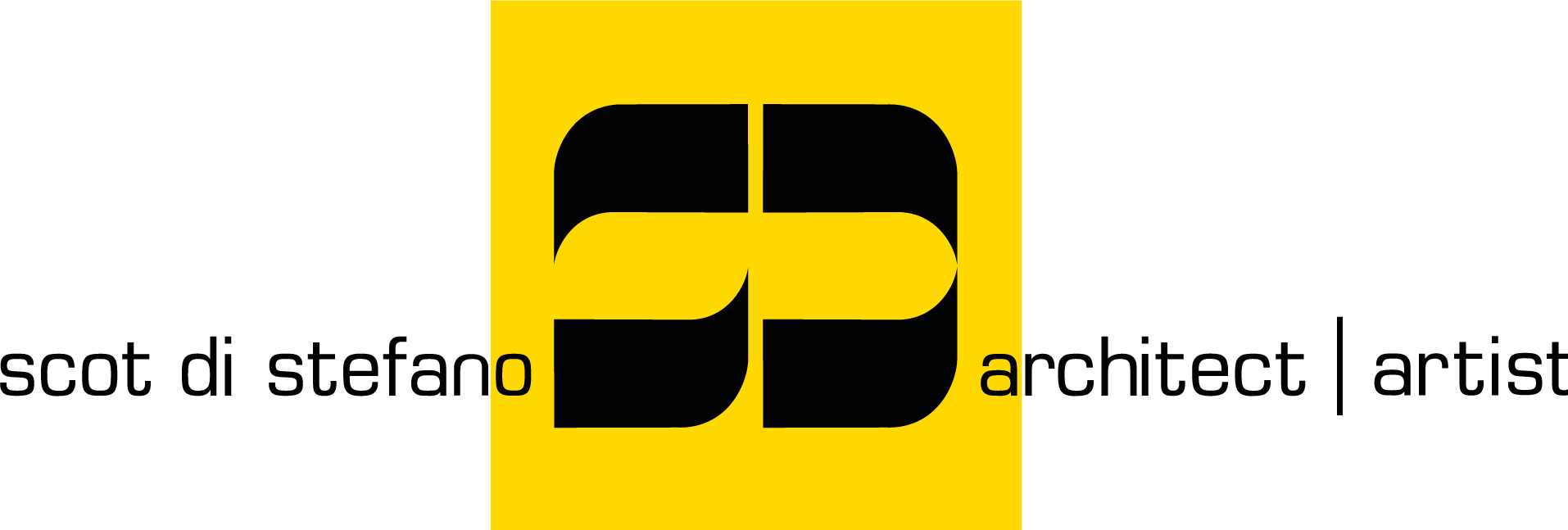Scot DiStefano is a Registered Architect, Artist, Author, and Educator based in Fort Lauderdale, Florida. He is a University of Florida School of Architecture graduate and certified by the National Council of Architecture Registration Boards. He has been practicing architecture as a solo practitioner since 2000, after working for Giller and Giller Inc. in Miami Beach and as an assistant to internationally renowned architect Dan Duckham in Fort Lauderdale. He is currently licensed and practicing in Florida, Arkansas, and Arizona.
Scot is a published architect and author. His work is featured in numerous publications, including Florida Architect, Home Fort Lauderdale, OBJEKT International (Netherlands), Wallpaper* Magazine (UK), New York Times, and the London Financial Times. Additionally, his home and studio, the FoxDen, is published in Villas of the World (China). Scot’s Master's thesis was published as a precise in World Architecture (UK).
Being an Artist raised by an Engineer, Scot’s work is a negotiation and exploration of the relationship between Subjective and Objective. His aspirations as an artist led him to an education in Architecture and sculpting space, form, and structure. That said, he never stopped making art. Both his art and architecture are distinguished by their diversity, meaning he does not have a singular style or specific aesthetic per se. Rather, common threads will be found in the aesthetics of fluidity and motion as influenced by Art Nouveau and the Organic thread of the Modern Movement.
He was gifted with the ability to draw well and has always enjoyed the physical process of making. Artistic medium explorations have ranged from graphite on paper to acrylic and oil paints to clay and aluminum sculptures. Collectively, his body of work is concept-driven, tends towards haptic and sinuous, and often with sensual undertones.
Philosophic influences include traditional Japanese Architecture / Buddhist Philosophy and Technology Expressive Architecture (a.k.a. “High Tech” work of Rogers, Piano, Foster), This may, at face value, seem broad and even contradictory, but his work and each of these traditions reflect one or more of the common threads of Essentialism, Flexibility, and Oneness. His Master’s Thesis explored this relationship in detail and has since informed both his art and architecture.
